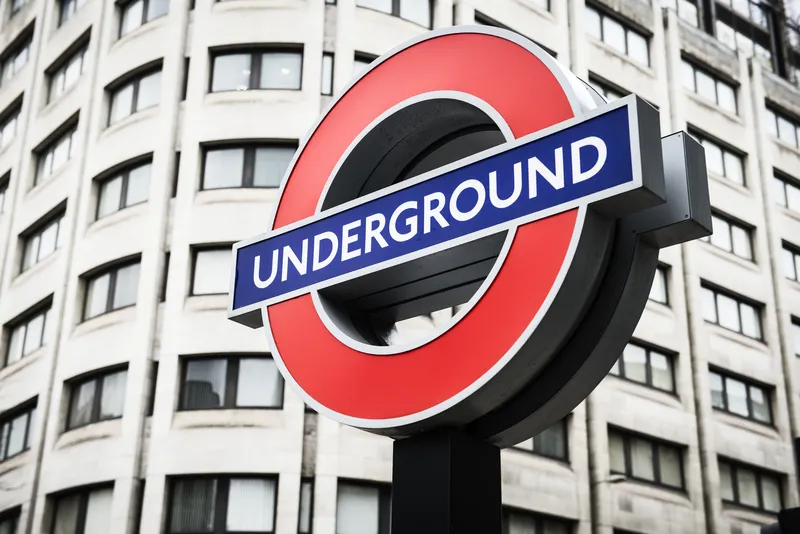Bucharest underground operator Metrorex has nearly finished plans to develop its new US$1.35billion M6 underground mainline to link the city centre with Henri Coanda International Airport. The new M6 in the Romanian capital will have a length of 14km and take in 12 stations. Metrorex has changed the initial project plans by adding two new stations to cover the residential area and Baneasa Commercial Park.
May 17, 2012
Read time: 1 min
Bucharest underground operator 5599 Metrorex has nearly finished plans to develop its new US$1.35billion M6 underground mainline to link the city centre with Henri Coanda International Airport.
The new M6 in the Romanian capital will have a length of 14km and take in 12 stations. Metrorex has changed the initial project plans by adding two new stations to cover the residential area and Baneasa Commercial Park.
According to local authorities, the new trains on the M6 line will be fitted with passenger information display systems that will provide information in Romanian and a number of other languages about the schedule of airlines and the city of Bucharest.
The new line M6 will become operational in 2017-2018. The tender procedures will be launched on 3 September 2012. Consultants for the project are:5600 Padeco and 5601 Oriental Consultants of Japan; Metrou Romania; 5603 Seneca Group International; and 5602 Systra of France.
The new M6 in the Romanian capital will have a length of 14km and take in 12 stations. Metrorex has changed the initial project plans by adding two new stations to cover the residential area and Baneasa Commercial Park.
According to local authorities, the new trains on the M6 line will be fitted with passenger information display systems that will provide information in Romanian and a number of other languages about the schedule of airlines and the city of Bucharest.
The new line M6 will become operational in 2017-2018. The tender procedures will be launched on 3 September 2012. Consultants for the project are:









